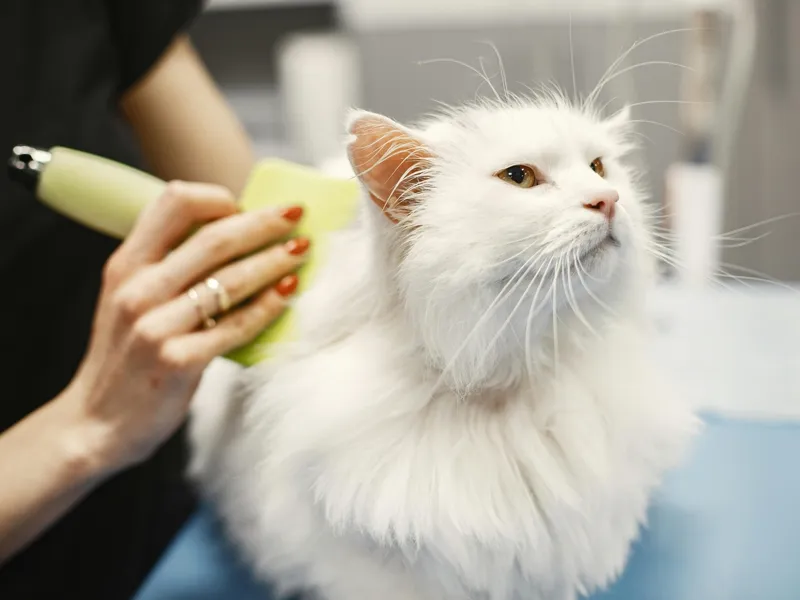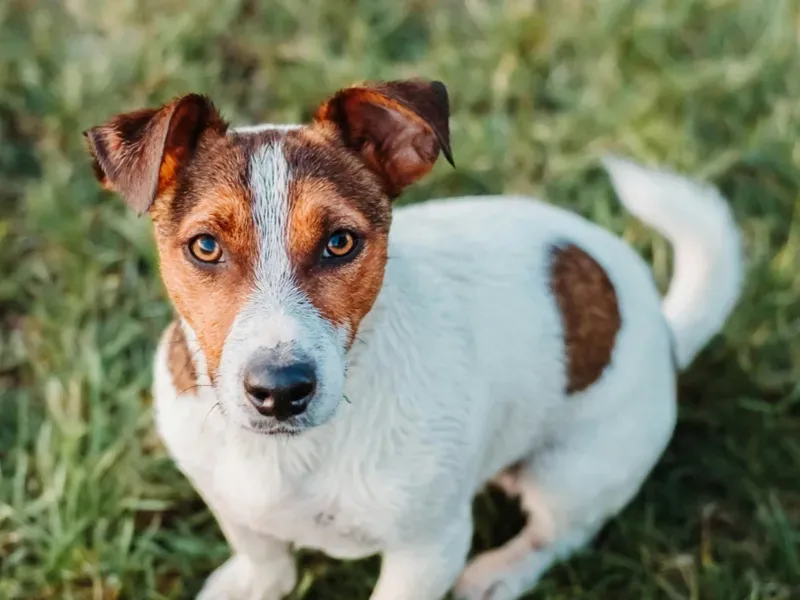Pet ownership comes with a lot of joy, but it also generates significant waste—from plastic packaging and disposable pet products to synthetic toys and non-recyclable waste bags. The good news is that transitioning to a zero-waste lifestyle with your pet is possible with mindful choices and simple swaps. By focusing on sustainable alternatives and minimizing unnecessary waste, you can reduce your pet’s environmental impact while maintaining their health and happiness.
Understanding Zero-Waste Pet Ownership
Zero-waste pet ownership means making conscious choices that minimize waste and prioritize sustainable materials. It doesn’t mean you have to be perfect or eliminate waste entirely, but rather, it’s about reducing waste wherever possible by opting for reusable, compostable, and biodegradable alternatives. This includes pet food, toys, grooming products, and waste disposal solutions.
One of the most effective ways to transition is to follow the 5 R’s of zero waste: Refuse, Reduce, Reuse, Recycle, and Rot (Compost). Refuse unnecessary plastic packaging and single-use products, reduce overconsumption, reuse and repurpose items, recycle responsibly, and compost biodegradable waste.
Choosing Sustainable Pet Food
According to the Environmental Working Group, pet food production has a significant environmental impact due to resource consumption, deforestation, and packaging waste. Many pet food brands rely on factory farming and unsustainable fishing practices that contribute to habitat destruction and greenhouse gas emissions. Transitioning to more sustainable pet food options is a great first step in reducing waste.
Opt for pet food brands that use ethically sourced ingredients and minimal or compostable packaging. Many eco-conscious brands now offer bulk purchasing, dehydrated food options, or subscription-based refill systems to reduce plastic waste. If you prepare homemade pet food, buying ingredients in bulk or sourcing from local farms can also help minimize packaging waste. Additionally, consider insect-based protein or plant-based pet food options, which require fewer resources to produce than traditional meat-based diets.

Choosing Sustainable Pet Food
Many conventional pet bowls and feeding accessories are made from plastic, which contributes to environmental pollution and degrades over time. Instead, switch to stainless steel, bamboo, or ceramic bowls, which are durable, non-toxic, and long-lasting. Avoid plastic scoops and opt for metal measuring cups or compostable alternatives.
For pet water consumption, consider investing in a filtered water dispenser instead of frequently purchasing bottled water for your pet. If you’re feeding raw or fresh food, use reusable glass or stainless steel containers rather than plastic storage bags.
Sustainable Pet Toys and Bedding
Traditional pet toys are often made from plastic, synthetic rubber, or polyester fabrics that are not biodegradable. Instead of frequently purchasing new plastic-based toys, opt for natural rubber, hemp, or organic cotton toys, which are durable and safer for your pet. Many companies now create toys from recycled materials, reducing waste while still providing engaging options for pets.
If your pet enjoys soft bedding, consider making DIY pet beds from repurposed blankets, pillows, or old clothes. Many sustainable pet brands also offer eco-friendly pet beds made from recycled textiles, organic cotton, or ethically sourced wool. Choosing high-quality, long-lasting beds reduces the need for frequent replacements.
Zero-Waste Grooming Essentials
Pet shampoos, conditioners, and grooming wipes often come in plastic packaging and contain harsh chemicals that may not be environmentally friendly. Instead, choose solid pet shampoo bars, which last longer and eliminate plastic waste. Look for brands that use biodegradable, all-natural ingredients with minimal packaging.
For brushing and grooming, swap plastic brushes for those made from bamboo and natural bristles.
Instead of disposable pet wipes, use a damp reusable cloth or washcloth for quick cleanups. If you trim your pet’s nails at home, consider rechargeable pet nail grinders instead of single-use disposable nail trimmers.

Waste Management: Composting and Biodegradable Options
One of the biggest challenges in zero-waste pet ownership is managing pet waste. Traditional plastic waste bags and non-biodegradable cat litter contribute significantly to landfill waste. Switching to biodegradable waste bags made from cornstarch or other compostable materials ensures that dog waste decomposes more naturally.
If you have a backyard, consider setting up a pet waste composting system, separate from regular food compost. Some companies also offer pet waste disposal services that process pet waste sustainably. For cat owners, switching to biodegradable cat litter made from materials like wood, coconut husks, or recycled paper is a more environmentally responsible alternative to traditional clay-based litter.
Adopting Minimalist Pet Ownership
A key aspect of zero-waste living is reducing unnecessary consumption. It’s easy to accumulate pet accessories, toys, and grooming products that end up being rarely used or discarded. Instead of frequently buying new pet items, focus on quality over quantity—invest in durable, long-lasting products rather than cheap, disposable ones.
Before purchasing anything new, consider whether it’s truly necessary. Borrowing or swapping pet items with friends can also help reduce waste. Many local pet communities organize pet toy and accessory swaps, where owners exchange gently used items instead of throwing them away.
Supporting Sustainable Pet Brands
One of the easiest ways to transition to zero-waste pet ownership is by supporting eco-friendly pet brands that prioritize sustainability in their products and manufacturing processes. Many ethical pet companies are now focusing on:
• Recyclable and compostable packaging
• Sourcing ingredients responsibly
• Fair trade and ethical labor practices
• Using biodegradable and non-toxic materials
When purchasing pet products, research companies that align with zero-waste values and prioritize sustainability in their supply chain. Certifications such as USDA Organic, Fair Trade, and cruelty-free labels can indicate that a brand follows environmentally responsible practices.
Making Small Changes for a Big Impact
Transitioning to zero-waste pet ownership doesn’t have to be overwhelming. Start small by making one sustainable swap at a time—switching to biodegradable waste bags, investing in eco-friendly pet toys, or choosing plastic-free grooming products. Over time, these changes will reduce your environmental footprint while maintaining a high-quality lifestyle for your pet.
By being mindful of the materials you choose, how you dispose of waste, and the brands you support, you’re taking meaningful steps toward a more sustainable and environmentally responsible approach to pet care. Every effort, no matter how small, contributes to a cleaner planet and a healthier future for pets and their owners alike!
Download out Pet Care Guide for free!


Leave a Reply